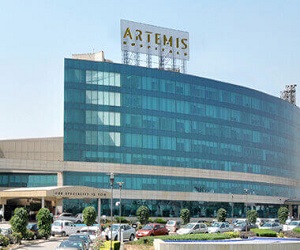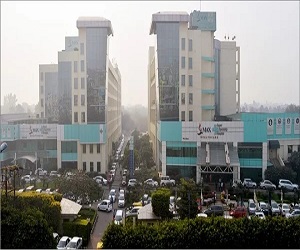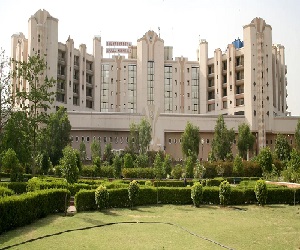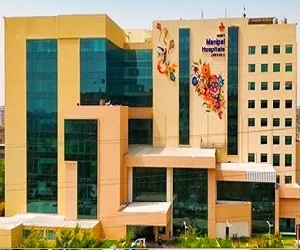IVC (inferior vena cava) filter insertion is often the recommended treatment for patients with VTE (venous thromboembolism), which means they have blood clots in their veins. It might also be necessary if anticoagulant therapy isn’t effective for the patient. This filter catches large clots and stops them from reaching the heart and lungs. Doctors commonly use the D-dimer test to assess clotting activity and diagnose VTE. Additionally, CAT scans and ventilation-perfusion lung scans are frequently used for diagnosis.
The IVC filter is inserted through a small incision in a vein, usually in the neck or groin. A thin, flexible tube called a catheter is then carefully guided into the inferior vena cava. Inside the catheter is a collapsed IVC filter, which is positioned in the vein using fluoroscopy, a type of X-ray. Typically, the procedure lasts around 30 minutes, but occasionally it may take a bit longer.
After procedure
On average, patients can usually get back to their regular activities within 2 days of the procedure, including showering. Some patients may even be discharged on the same day. However, a follow-up checkup is necessary within 4-6 weeks to ensure the filter is working correctly. After surgery, it’s important to avoid strenuous activities and heavy lifting for about 3-5 days.
It’s crucial to take care of the catheter insertion site post-procedure. Your healthcare provider will give you detailed instructions on how to dress the site, as well as provide guidance on diet plans, exercise routines, and other important steps to follow. It’s essential to adhere to these instructions for as long as your doctor advises to ensure proper healing and recovery.
IVC Filter Insertion cost in India are as follow
| Treatment | Cost in USD | Hospital Stay |
| IVC Filter Insertion | 2000 | 3-4 Days |
| Radiofrequency Ablation | 3500-4500 | 0-1 Day |
| Electrophysiology Study | 3500-4500 | 0-1 Day |
| Aortic Stent Grafting | 6500 | 7-10 Days |
| Cardiac Resynchronization Therapy (CRT) | 10000 | 0-1 Day |
Frequently Asked Questions
Q:Will I Need to Replace or Remove the Inferior Vena Cava (IVC) Filter?
A:Whether an Inferior Vena Cava (IVC) filter needs to be replaced or removed depends on its type. Retrievable filters may need removal once the risk of blood clots decreases, while permanent filters stay in place indefinitely. Follow your healthcare provider’s recommendations for your specific situation.
Q:What Is the Recovery Process Like After an Inferior Vena Cava (IVC) Filter Insertion Procedure?
A:After an Inferior Vena Cava (IVC) filter insertion procedure, you’ll typically have a brief recovery period in the hospital for monitoring. Once discharged, you can resume normal activities with some restrictions on heavy lifting or strenuous exercise. Follow your healthcare provider’s instructions for any pain management and watch for signs of complications like bleeding or infection.
Q:Will I Need to Stay in the Hospital After Inferior Vena Cava (IVC) Filter Insertion?
A:After an Inferior Vena Cava (IVC) filter insertion, you may need to stay in the hospital for a short observation period, typically several hours to overnight. This allows healthcare providers to monitor you for any immediate complications and ensure your stability before discharge. However, in some cases, you may be discharged on the same day if no complications arise. The exact duration of hospital stay depends on your individual circumstances and the preferences of your healthcare provider.
Q:How do I choose a hospital for IVC Filter Insertion in India?
A:Kindly share your report














